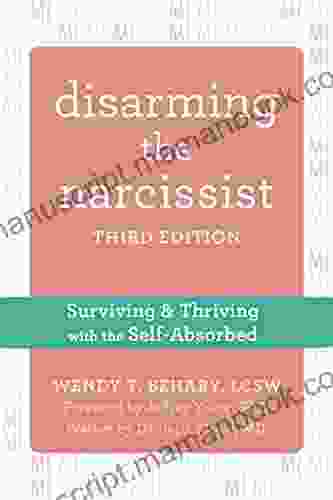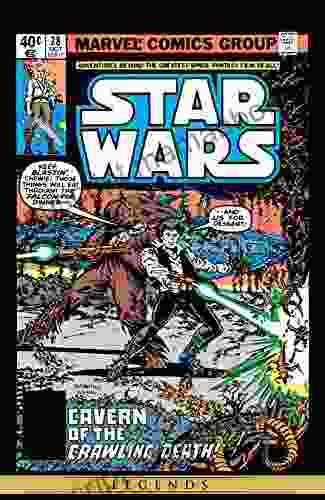Perception is a complex and multifaceted phenomenon that encompasses the way we interpret and make sense of the world around us. Visual perception, in particular, plays a significant role in shaping our understanding of the environment and our place within it. The "What Can You See Level" is an interactive online tool that allows users to explore the nuances of visual perception and gain a deeper understanding of how our brains construct reality.
Levels of Perception
The What Can You See Level presents users with a series of images and asks them to identify what they see. However, the images are carefully crafted to reveal different layers of perception, from the obvious to the hidden.
5 out of 5
| Language | : | English |
| File size | : | 1193 KB |
| Screen Reader | : | Supported |
| Print length | : | 5 pages |
At the most basic level, users are tasked with identifying objects and shapes in the images. This tests their ability to recognize and categorize visual stimuli. As they progress through the levels, the images become more complex and challenging, requiring users to use higher-level cognitive processes such as inference, problem-solving, and pattern recognition.
The Role of Context
One of the key insights that the What Can You See Level provides is the importance of context in visual perception. The same image can be interpreted in different ways depending on the surrounding context. For example, a black and white shape may be perceived as a dog in one context and a cat in another.
The tool demonstrates this by presenting images in different contexts and observing how users' perceptions change. This helps to illustrate how our brains use prior knowledge, expectations, and biases to construct a coherent representation of the world.
Perceptual Illusions and Visual Biases
The What Can You See Level also explores the fascinating realm of perceptual illusions and visual biases. These are phenomena that challenge our assumptions about how we see the world and reveal the limitations of our visual system.
For instance, the tool presents images that demonstrate optical illusions, where the brain misinterprets visual information, resulting in a distorted perception. It also highlights cognitive biases, such as the confirmation bias, which influences how we interpret and process information.
Applications in Real-Life Contexts
The insights gained from the What Can You See Level have practical applications in a variety of real-life contexts. For example, understanding the role of context in perception can help us to design more effective visual communication materials.
Similarly, knowledge of perceptual illusions and biases can help us to avoid making mistakes in areas such as eyewitness testimony and medical diagnosis. By understanding the limitations of our visual system, we can make more informed decisions and avoid being misled by our own perceptions.
The What Can You See Level is an engaging and thought-provoking tool that provides a unique window into the complex world of visual perception. Through a series of interactive exercises, the tool demonstrates the multifaceted nature of perception, the importance of context, and the fascinating role of perceptual illusions and biases. By exploring the different levels of perception, users can gain a deeper understanding of how they construct reality and make sense of the world around them.


















































































































